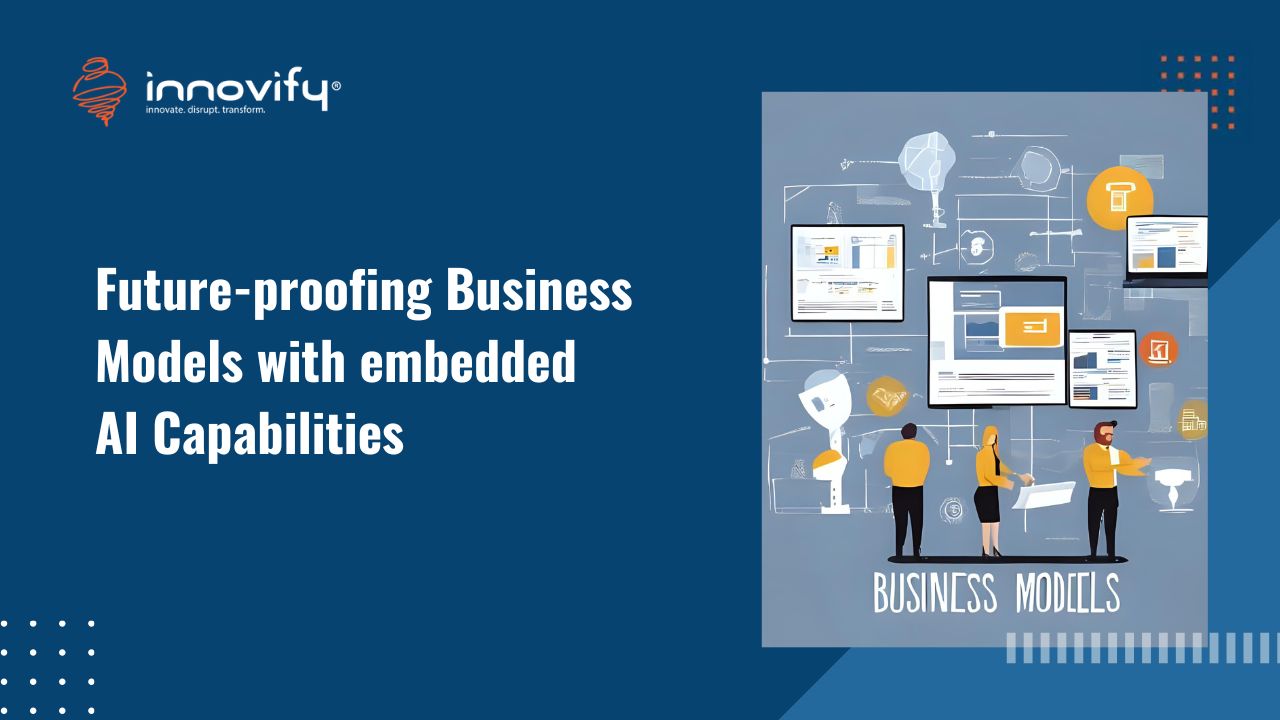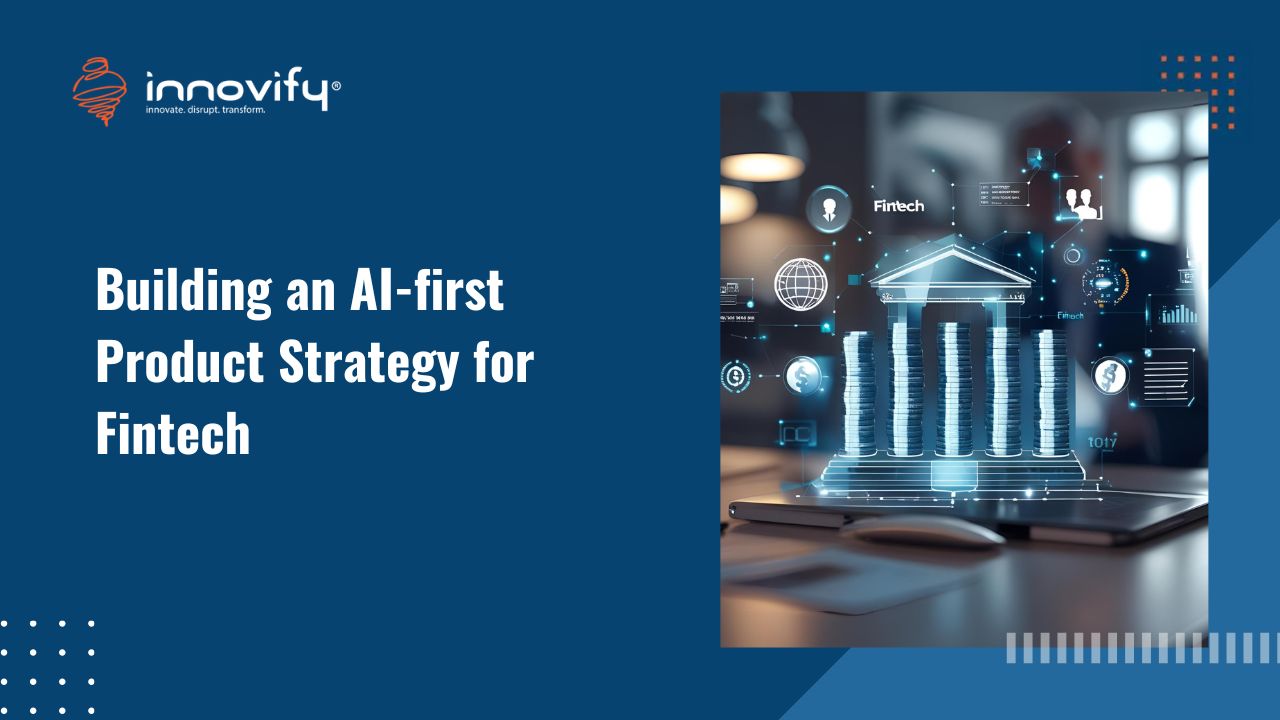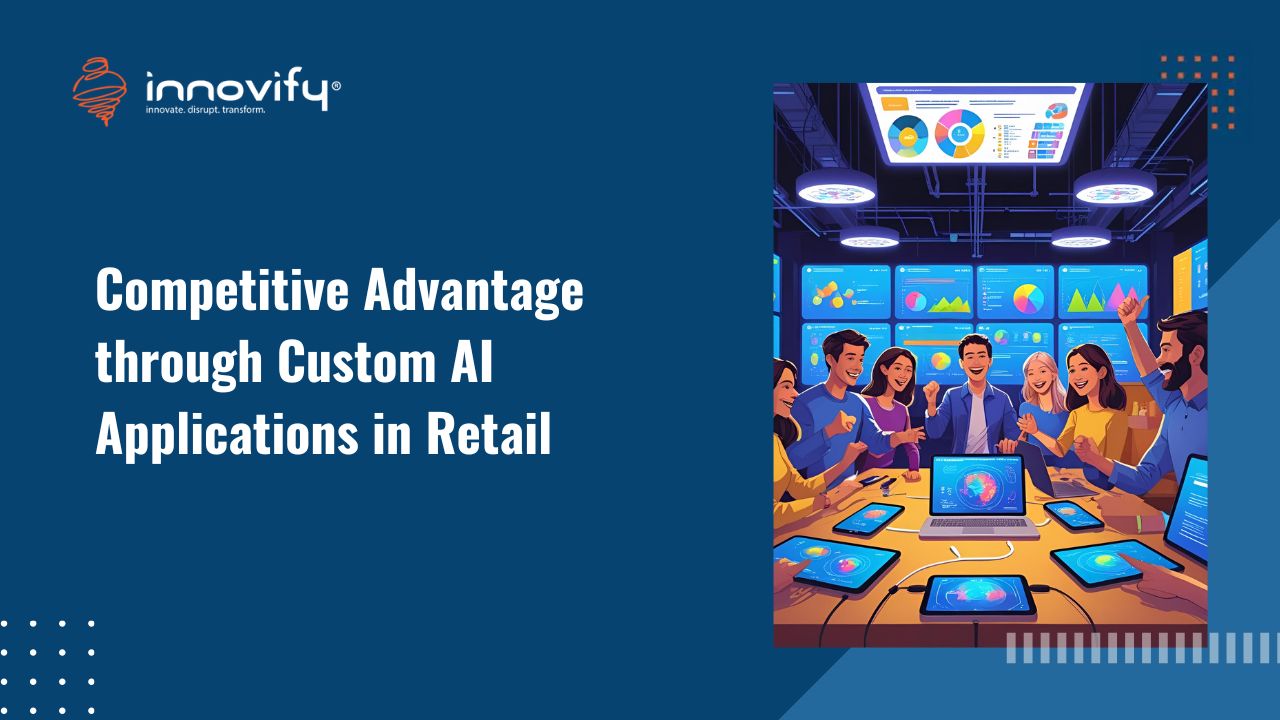AI/ML
Prioritize MVP Features: 5 Methods To Maximize MVP Success
5 Cool Methods to Prioritize Features for MVP Development
Deciding which features to include in your MVP Development can be a challenging task, as resources are often limited, and there are many competing priorities to consider.
In this blog, we’ll explore five cool methods for prioritizing features for MVP development, including the MoSCoW, Kano Model, Value vs. Complexity Matrix, RICE Scoring Model, and Story Mapping.
So without further ado, let’s get started.
5 Best Feature Prioritization Methods for MVPs
Let’s start with the easiest ones. We’ve saved the best for the last.
1. MoSCoW Prioritization
The MoSCoW technique was first introduced in the mid-1990s, and it has since become a popular prioritization technique used in various fields, including project management, product development, and software engineering.
Using MoSCoW, product owners prioritize features by categorizing them into four groups based on their importance:
- Must-haves (Mo): These are the features that are essential for the product to be considered viable. If a must-have feature is missing, the product will be unusable or fail to achieve its primary purpose.
- Should-haves (S): These are important features that are not critical but are still necessary for the product to be considered complete. Should-haves are features that customers expect to see and may become deal-breakers if they are missing.
- Could-haves (Co): These are nice-to-have features that would add value to the product but are not essential. Could-haves are usually added to make the product more attractive or competitive.
- Won’t-haves (W): These are features that will not be included in the product at this time. Won’t-haves are typically deferred to later versions of the product or removed entirely.
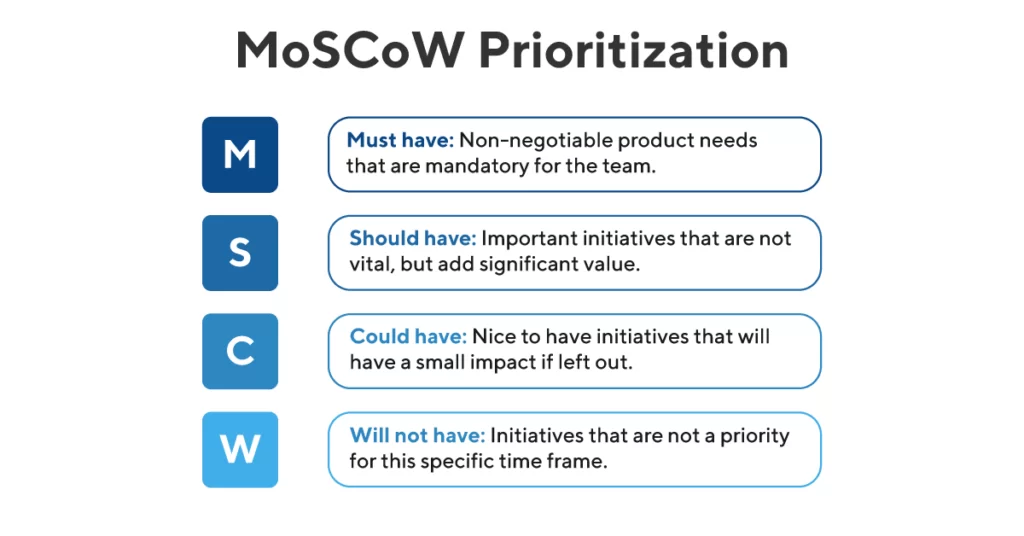
Let’s see how an EdTech product will use the MoSCoW feature prioritization technique:
- Must-haves: For an EdTech product MVP, the must-have features might include the ability for users to sign up and create a profile, access course content, and complete lessons or modules. These features are critical to the product’s success, as without them, users wouldn’t be able to use the platform.
- Should-haves: Should-have features might include features that enhance the user experience, such as progress tracking, quizzes, and assessments. These features are important for the user to track their progress and stay motivated.
- Could-haves: Could-have features might include additional resources, such as discussion forums or live tutoring sessions, which would add value to the platform but are not essential for the MVP.
- Won’t-haves: Won’t-have features might include advanced features such as virtual reality lessons or complex analytics. These features are not necessary for the MVP and can be added later in future product versions.
Pros of MoSCoW
The MoSCoW technique is known for its speed and efficiency in orienting the design team toward prioritizing features. In as little as 30 minutes or during a single workshop, your team can use this method to identify and prioritize the most important features of the product.
Cons of MoSCoW
While MoSCoW is a useful tool for prioritizing design features, it has some limitations. For example, it does not consider non-design factors such as effort, cost, and time. Additionally, it may not involve technical representatives who can provide important insights into the feasibility and complexity of implementing certain features.
2. Kano Model
Kano Model is another popular technique for prioritizing features in a product or service. It was developed by Japanese researcher Noriaki Kano in the 1980s to help companies better understand and meet customer needs and preferences.
The Kano Model categorizes features into three main types: must-haves, performance attributes, and delighters.
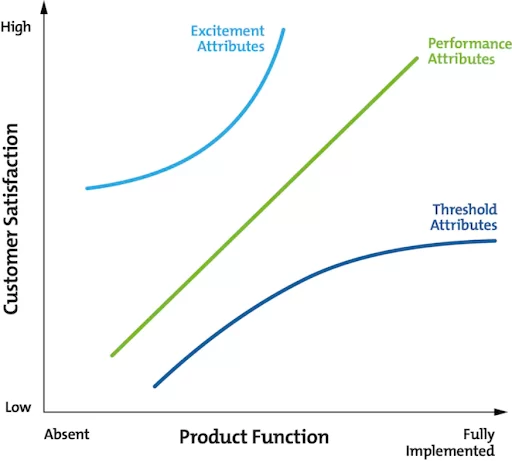
Must-haves are basic requirements that customers expect from the product or service, such as quality, reliability, or functionality. Performance attributes directly impact the product’s performance or usability, such as speed, accuracy, or user interface design. Finally, delighters are unexpected or innovative features that can exceed customer expectations and provide a unique competitive advantage.
The Kano Model uses customer surveys or other feedback mechanisms to identify which features fall into each category. Once the features are classified, they can be prioritized based on their impact on customer satisfaction and their feasibility for implementation.
Let’s say you’re building a new social media platform, and you’ve identified several features you’d like to include in your MVP, such as:
- User profile creation
- News feed with algorithmic content recommendations
- Direct messaging between users
- Group chat functionality
- Ability to create and join groups
- Notifications for new followers and interactions
To use the Kano Model to prioritize these features, you would first conduct a survey or series of interviews with potential users to understand how they would react to each feature.
Here’s an example of how the survey questions and responses might look:
- How would you feel if the social media platform had a user profile creation feature?
- How would you feel if the social media platform had a news feed with an algorithmic content recommendations feature?
- How would you feel if the social media platform had a direct messaging between users feature?
- How would you feel if the social media platform had a group chat functionality feature?
- How would you feel if the social media platform had the ability to create and join groups feature?
- How would you feel if the social media platform had notifications for new followers and interactions feature?
The response options can be something like this:
- I would love it
- I would like it
- I am neutral
- I wouldn’t like it
- I would hate it
After collecting the survey responses, you can use the Kano Model to prioritize the features based on how they are perceived by users. Here’s an example of how the prioritization might look:
- Direct messaging between users (Must-have feature)
- News feed with algorithmic content recommendations (Performance feature)
- Group chat functionality (Attractive feature)
- User profile creation (Indifferent feature)
- Ability to create and join groups (Indifferent feature)
- Notifications for new followers and interactions (Reverse feature)
Pros of Kano Model
- Provides a customer-centric approach to prioritization, which can help improve customer satisfaction and loyalty.
- Can help identify opportunities for innovation and differentiation from competitors.
- Offers a structured framework for prioritizing features based on their impact on customer satisfaction and feasibility for implementation.
Cons of Kano Model
- Relies on customer feedback and surveys, which can be time-consuming and resource-intensive.
- May not consider other important factors such as cost, technical feasibility, or market trends.
- May not provide clear guidance on the implementation or development of features.
3. Value vs. Complexity Matrix
The Value vs. Complexity Matrix is a simple but effective way to prioritize features based on their potential value to users and the complexity involved in developing them. It helps product teams focus on building features with the greatest impact while minimizing the effort required to build them.
The matrix is typically divided into four quadrants, each representing a different combination of high or low value and high or low complexity. The quadrants are:
- Quick Wins: Features that are easy to implement but offer high value to users. These should be prioritized first because they can have an immediate impact on user satisfaction and engagement.
- Must-Haves: Features that are both high value and high complexity. These are essential to the product’s success and should be given a high priority, even if they require more time and effort to develop.
- Question Marks: Features that are low complexity but have uncertain value. These should be investigated further to determine if they are worth pursuing.
- Time-Consumers: Features that are both low value and high complexity. These should be deprioritized or postponed, as they are unlikely to have a significant impact on user satisfaction.
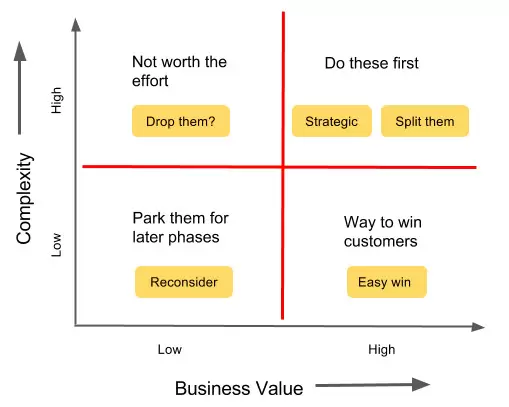
Here’s an example of how a SaaS product can use the Value vs. Complexity Matrix to prioritize features:
Let’s say you are building project management software for small businesses. You’ve identified several potential features to include in your MVP, including:
- Time tracking and invoicing
- Task management with labels and tags
- Gantt chart view
- Integration with third-party tools
- Customizable project templates
To use the Value vs. Complexity Matrix, you would assess each feature based on its potential value to users and the complexity involved in developing it. Here’s an example of how the matrix might look:
| Features | Value | Complexity | Quadrant |
|---|---|---|---|
| Time tracking and invoicing | High | Low | Quick Wins |
| Task management with labels and tags | High | High | Must-Haves |
| Gantt chart view | Medium | High | Question Mark |
| Integration with third-party tools | Low | Low | Quick Wins |
| Customizable project templates | Low | High | Time Consumers |
Pros of Value vs. Complexity Matrix
- Simple and easy to use
- Focuses on value
- Helps with resource allocation
- Provides a clear roadmap
Cons of Value vs. Complexity Matrix
- Limited in scope
- Subjective judgments
- Ignores dependencies between features
- Lack of flexibility
4. RICE Scoring Model
The RICE Scoring Model is a framework for prioritizing features that consider the potential Reach, Impact, Confidence, and Effort required to develop each feature. Here’s a brief overview of each component of the RICE framework:
- Reach: Refers to the number of users or customers who will be impacted by the feature. This includes both current and potential users. The higher the reach, the more valuable the feature is likely to be.
- Impact: The degree to which the feature will improve the user’s experience or solve their problem. This can be measured in various ways, such as increased revenue or reduced churn rate.
- Confidence: The certainty that the feature will have the desired impact. This can be influenced by user feedback, market research, and previous experience with similar features.
- Effort: The time, resources, and money required to develop the feature. This includes not just development time but also testing documentation and other related tasks.
To use the RICE framework to prioritize features, each feature is assigned a score for each component, with higher scores indicating greater potential value.
The scores are then multiplied together to create a final RICE score, which is used to rank the features.
Here’s an example of how the RICE framework might be used to prioritize features for a SaaS product:
| Feature | Reach | Impact | Confidence | Effort | RICE Score |
|---|---|---|---|---|---|
| Integration with third-party tools | 5 | 7 | 6 | 4 | 840 |
| Task management with labels and tags | 8 | 6 | 7 | 8 | 2688 |
| Customizable project templates | 3 | 4 | 5 | 6 | 360 |
| Time tracking and invoicing | 3 | 4 | 5 | 6 | 360 |
| Gantt chart view | 4 | 5 | 4 | 9 | 720 |
Pros of RICE Scoring Model
- Provides a systematic and data-driven approach to feature prioritization
- Takes into account potential reach, impact, confidence, and effort required to develop each feature
- Helps product teams focus on features that are most likely to have a significant impact on the business
- Facilitates communication and alignment across teams by providing a clear and objective framework for prioritization
Cons of RICE Scoring Model
- Assumes that each feature can be accurately and objectively scored across multiple dimensions, which may not always be the case
- Does not account for qualitative factors, such as user feedback or market trends that can influence the value of a feature
- Does not necessarily prioritize features that may be critical for technical reasons, such as reducing technical debt or maintaining the stability of the product
5. Story Mapping
Story Mapping is a technique for visualizing the user journey through a product by breaking it down into individual stories or user scenarios. It can be a useful tool for prioritizing features by helping product teams understand how different features fit into the overall user experience and identifying areas of the product that may be over- or underdeveloped.
To create a Story Map, the product team starts by identifying the high-level user goals or “epics” for the product. These might include things like “signing up for the service,” “completing a task,” or “analyzing data.”
The team then breaks each epic down into smaller stories or user scenarios, which represent the specific steps or interactions required to achieve the epic.
Once the team has identified all of the stories, they can prioritize them by considering user needs, business value, technical feasibility, and dependencies between stories. They may also use techniques such as dot voting or affinity mapping to gather stakeholder input and ensure that the prioritization reflects a consensus across the team.
Here’s an example of how a Story Map for a vacation planning platform MVP might look:
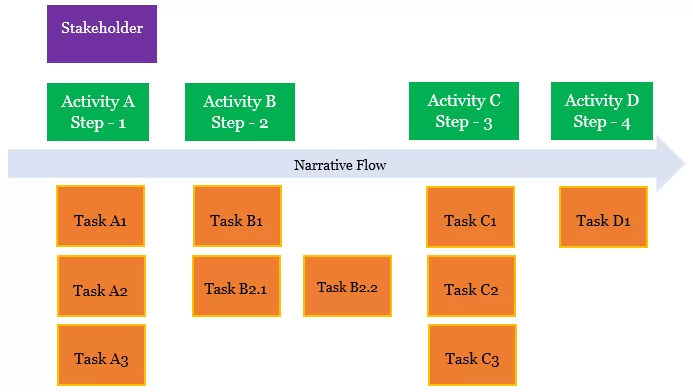
In this example, the team has identified four high-level epics for the learning platform: “search for the destination,” “search for flights/hotels/car rental,” “booking,” and “review and feedback.”
Each epic has been broken down into smaller stories or user scenarios, represented by sticky notes on the Story Map. The team has also indicated the priority of each story, with the walking skeleton indicating high priority, MVP line indicating medium priority, and Release 2 indicating low priority.
Pros of Story Mapping
- Provides a visual representation of the product roadmap, making it easier for team members and stakeholders to understand the user journey and how different features fit together.
- Encourages cross-functional collaboration and a shared understanding of the product vision and priorities.
- Helps teams identify areas of the product that are over- or underdeveloped, enabling them to make more informed decisions about feature prioritization.
- Supports an iterative approach to product development, as teams can update the Story Map as they receive feedback from users and stakeholders.
Cons of Story Mapping
- Can be time-consuming to create and maintain, particularly for larger products with many features.
- Requires a significant amount of upfront research and user testing to identify the right stories and epics.
- Prioritization can be subjective and influenced by team biases or assumptions about user needs.
- Might not be well-suited for products with complex, interconnected features or user flows.
Pick the One that Suits You
Each method has its own strengths and weaknesses and choosing the right one for your product will depend on factors such as your team’s expertise, your product goals, and your target users.
If you’re confused about the technical considerations related to your MVP features and looking for an MVP development partner to help you out, feel free to reach Innovify. Our project managers breathe Agile and can help you scale your product from MVP.

